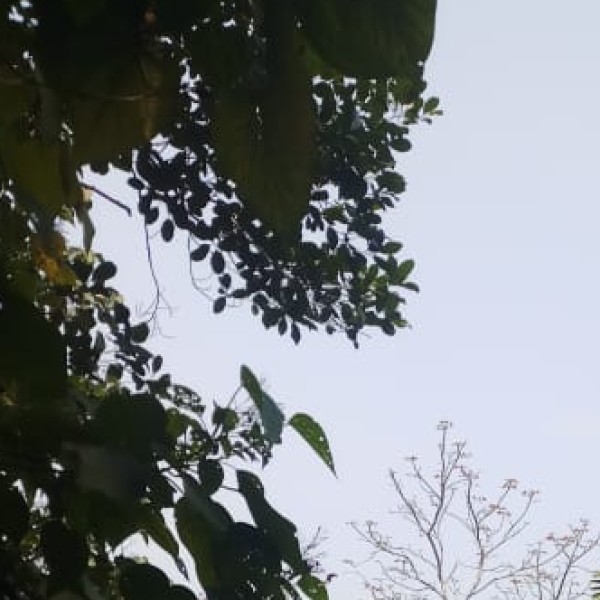About WelcomeTravelerIndia.com
India is a land of extraordinary contrasts, where ancient traditions meet modern innovation, and natural wonders coexist with vibrant cities.
India is a land of extraordinary contrasts, where ancient traditions meet modern innovation, and natural wonders coexist with vibrant cities.

Kiphire is one of Nagaland’s most remote and adventurous districts, known for its rugged mountains, tribal villages, and wildlife sanctuaries. While it offers a raw and offbeat travel experience, it’s important to be well-prepared due to limited facilities, rough roads, and unpredictable weather. Here are some essential travel tips and safety guidelines to ensure a smooth and enjoyable journey.
✅ General Travel Tips
1. Best Time to Visit
✔ October to April – Best time for trekking, cultural festivals, and wildlife exploration.
✔ November - December – Ideal for tribal festivals (Yimkhiung Metümneo, Mimkut, and Tsungkamneo Festivals).
✔ May to September – Monsoon season; expect heavy rains, landslides, and difficult road conditions.
Tip: Avoid traveling during the monsoon season (May–September) due to slippery roads and landslides.
2. How to Reach Kiphire
✔ By Air – The nearest airport is Dimapur Airport (300 km, Nagaland). From there, take a taxi or shared sumo to Kiphire.
✔ By Train – The nearest railway station is Dimapur Railway Station (300 km, Nagaland).
✔ By Road – Well-connected to Kohima (254 km), Tuensang (90 km), and Zunheboto (120 km) by road.
Tip: Shared sumo taxis are the cheapest and fastest way to travel (~₹1,000-₹1,500 per person).
3. Inner Line Permit (ILP) (Mandatory for Non-Nagas & Indian Tourists)
Tip: Apply for your ILP online before arrival to avoid delays.
Safety Tips
1. Road & Transport Safety
✔ Roads in Kiphire are rough, hilly, and prone to landslides during monsoons.
✔ Dimapur to Kiphire roads are long and remote, with few fuel stations.
✔ Hiring a local driver is recommended, as roads can be tricky for first-time visitors.
Tip: Travel during daylight as roads can be foggy and poorly lit at night.
2. Health & Medical Precautions
✔ Drink only bottled or filtered water to avoid stomach infections.
✔ Carry basic medicines for fever, cold, altitude sickness, and stomach issues.
✔ Mosquito repellents are recommended, especially in forested areas.
✔ Kiphire District Hospital is the main medical facility, but services are limited.
Tip: Pack essential medicines & a first-aid kit, as pharmacies may have limited stock.
3. Internet & Mobile Connectivity
✔ Jio & Airtel provide the best network coverage in Kiphire Town.
✔ Remote areas like Mount Saramati, Fakim Wildlife Sanctuary, and Thanamir Village may have weak or no signal.
✔ Wi-Fi is very limited, mostly available in hotels and government offices.
Tip: Inform your family about network issues before heading to remote locations.
4. Wildlife & Trekking Safety
✔ If trekking to Mount Saramati, Fakim Wildlife Sanctuary, or Mimi Cave, always go with a guide.
✔ Carry warm clothes, trekking shoes, snacks, water, and a flashlight when hiking.
✔ Avoid venturing too deep into forests, as some areas are wildlife-rich and remote.
✔ Beware of leeches, snakes, and insects during monsoon hikes.
Tip: Wear sturdy shoes & long sleeves to protect against insects and rough terrain.
5. Money & ATMs
✔ Kiphire has very limited ATMs, and cash availability is unreliable.
✔ Many shops don’t accept digital payments, so carry enough cash.
Tip: Withdraw cash in Dimapur or Kohima before heading to Kiphire.
6. Cultural Etiquette & Local Customs
✔ Ask for permission before taking photos of locals, especially in villages.
✔ Respect local traditions – Kiphire has strong tribal customs.
✔ Remove shoes before entering homes or religious places.
✔ During festivals, be respectful and avoid disrupting ceremonies.
Tip: Learn a few words of Nagamese or local greetings to connect with locals.
7. Shopping & Bargaining
✔ Markets like Kiphire Town & Pungro allow bargaining – but be polite.
✔ Buy directly from artisans in Kiusam Village & Thanamir Apple Village for authentic handicrafts.
✔ If buying traditional Naga jewelry or shawls, understand their cultural significance.
Tip: Support local artisans by purchasing authentic handmade crafts.
Emergency Contacts in Kiphire
Police Helpline: 100
Tourist Helpline: +91 370 2271 726
Kiphire District Hospital: +91 370 2256 005
Final Travel Tips for Kiphire
✅ Best Time to Visit: October – April
✅ Get an ILP (for Indian tourists) before arrival
✅ Cash is preferred over digital payments
✅ Book shared sumos early, especially during peak season
✅ Respect local culture and traditions
✅ Stay alert when trekking & avoid traveling alone at night
With proper planning & safety measures, Kiphire offers a rich cultural experience, stunning landscapes, and warm hospitality!